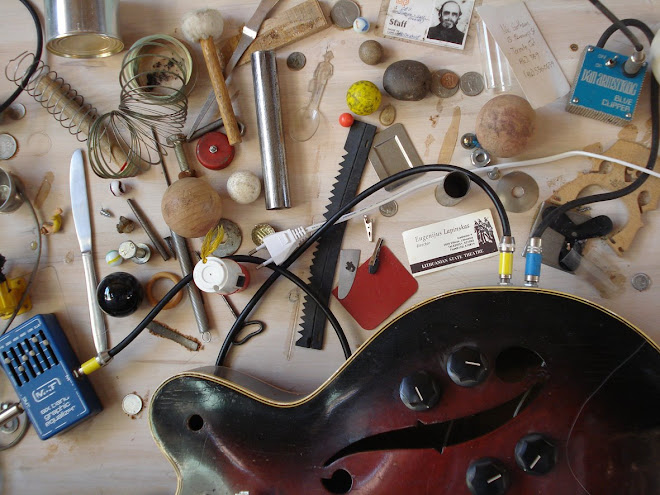Tuned City Preview / 26th January 2008 / Ballhaus Naunynstrasse / Berlin / GermanyAs part of
clubtransmediale 2008 we will organise a preview weekend. As a theory starting point lectures and presentations will introduce the different aspects of the topic and outline the key points of the planned conference.
The sociologist
Prof. Dr. Detlev Ipsen will open up with some basic thoughts on recent urban developments, followed by the philosophical position of
Prof. Dr. Gernot Böhme defining space through the aesthetics of athmospheres. The architectural historian and theorist
Prof. Dr. Ulrich Winko will give an introduction of the history of music and architecture and will hand over the topic of sound art to the writer and artist
Brandon LaBelle. Coming from a critical sound and space dicourse himself, Labelle is going to question one of the pioneers and major figures of sound art
Max Neuhaus.
Between the single lectures artists participating in the project in July 2008 will give short presentations of their work.
To hear some sound samples follow this link...
Tuned City Preview





